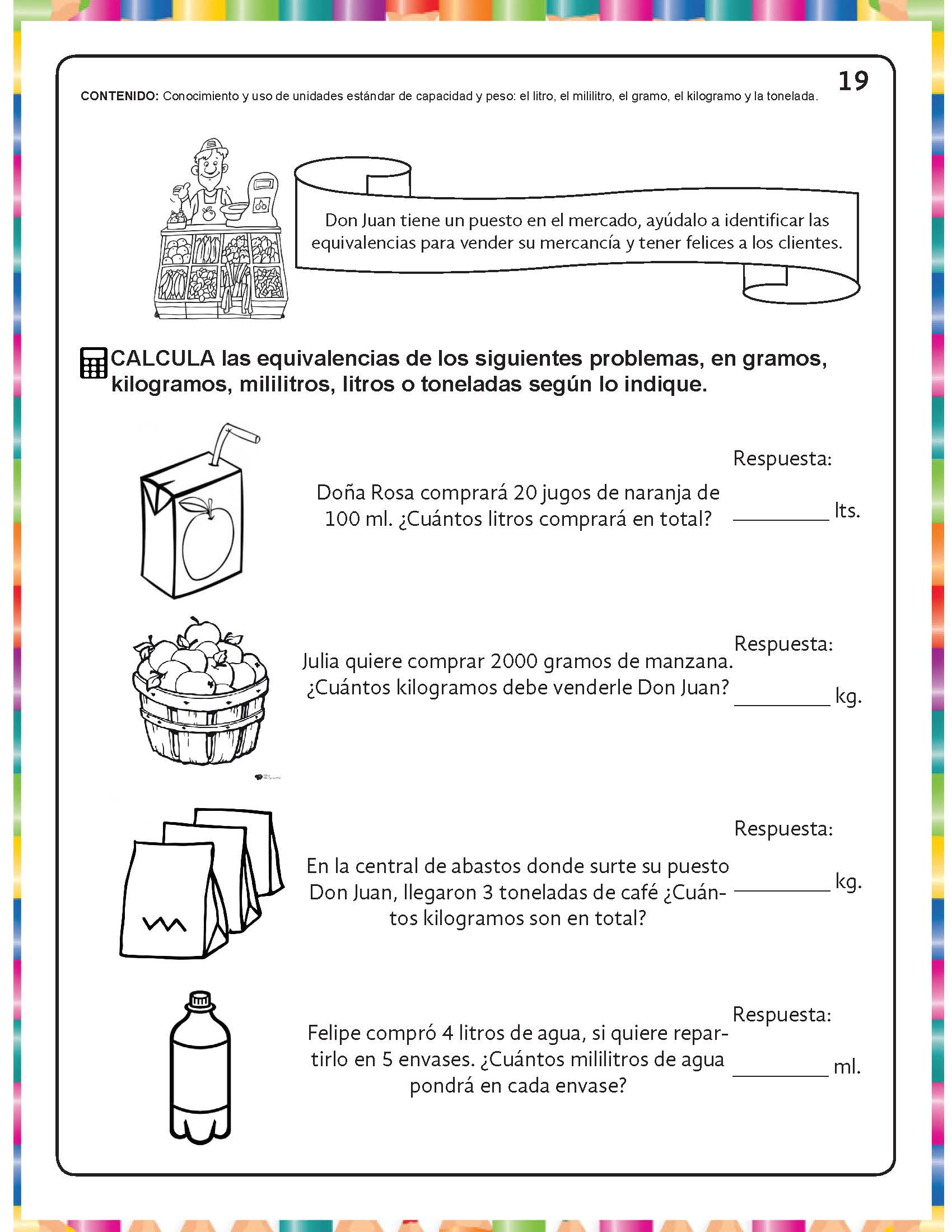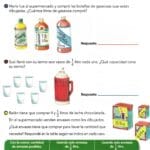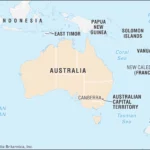Hey there, future liquid-measuring masters! Ever wonder how many milliliters are in a liter? It’s a question that pops up everywhere, from the kitchen to the lab. Don’t worry, we’ll break it down Bill Nye style – clear, concise, and with a dash of fun! In this guide, we’ll explore the link between liters and milliliters, show you how to convert between them, and equip you with a handy conversion table. Get ready to become a volume virtuoso!
Liters and Milliliters: A Dynamic Duo
Okay, let’s talk liquids! We measure them all the time, right? From that morning glass of orange juice to filling up the gas tank, knowing how much liquid we’re dealing with is essential. That’s where liters (L) and milliliters (mL) come in. They’re like two buddies in the metric system, helping us measure volume all around the world.
Want to know how many millimeters are in a liter? Check out cuantos milimetros es un litro!
So, what’s the magic number? 1000! One liter equals 1000 milliliters. Think of a milliliter as a tiny fraction of a liter, like a single drop in a big bottle. “Milli” actually means one-thousandth. So, a milliliter is one-thousandth of a liter (or 0.001 L, if you’re into decimals).
Converting Between Liters and Milliliters: It’s Easier Than You Think!
Converting between liters and milliliters is surprisingly simple. Let’s dive in:
Liters to Milliliters: Multiply!
Say you have 2 liters of soda. How many milliliters is that? Just multiply by 1000!
2 liters * 1000 = 2000 milliliters. Boom!
Milliliters to Liters: Divide!
Now, imagine you have a 500 mL bottle of juice. How many liters is that? Divide by 1000!
500 milliliters / 1000 = 0.5 liters. Half a liter! See? Easy peasy.
Handy Conversion Table
Need a quick reference? Here’s a table with some common conversions:
| Liters (L) | Milliliters (mL) |
|---|---|
| 1 | 1000 |
| 2 | 2000 |
| 0.5 | 500 |
| 0.25 | 250 |
| 0.1 | 100 |
| 0.01 | 10 |
Real-World Applications: Why This Matters
Knowing how to convert between liters and milliliters is a superpower in disguise. Here are a few examples:
- Cooking and Baking: Recipes often use milliliters or liters. Accurate conversions are your secret weapon to avoid kitchen catastrophes.
- Medicine Dosage: Getting the right dose is crucial, especially for kids and pets. Understanding these conversions can be vital.
- Science Experiments: Precise measurements are the foundation of scientific discovery. Liters and milliliters are essential tools in the lab.
- Everyday Measurements: From filling a water bottle to checking your car’s coolant, these units make measuring liquids a breeze.
A Deeper Dive: Beyond the Basics
While we generally say 1 liter = 1000 milliliters, it’s worth remembering that these measurements are based on water under specific conditions. Temperature and pressure can slightly affect volume. Ongoing research in metrology (the science of measurement) refines our understanding of these units, but for everyday use, 1L = 1000mL is spot on.
What Exactly is 1 Milliliter?
Picture a single drop from an eyedropper. That’s roughly 1 milliliter (mL). It’s a tiny amount, about 1/1000th of a liter. While small, milliliters add up! Precise milliliter measurements are essential in cooking, medicine, and science.
1000 mL of Water: What Does it Mean?
1000 mL of water is the same as 1 liter (L). It’s about the size of a standard bottle of water or soda. Imagine filling up a thousand of those tiny eyedropper drops – that’s a liter!
Wrapping Up
Understanding liters and milliliters isn’t just a science lesson – it’s a practical life skill. By remembering that 1 liter equals 1000 milliliters and using the simple conversion steps, you’ll be a liquid-measuring pro in no time! So go forth and measure with confidence!
















